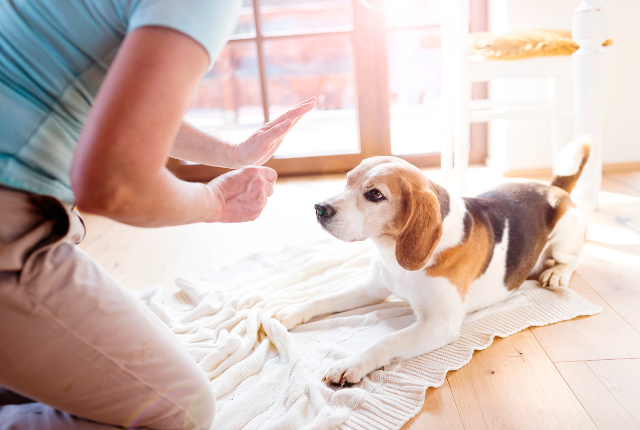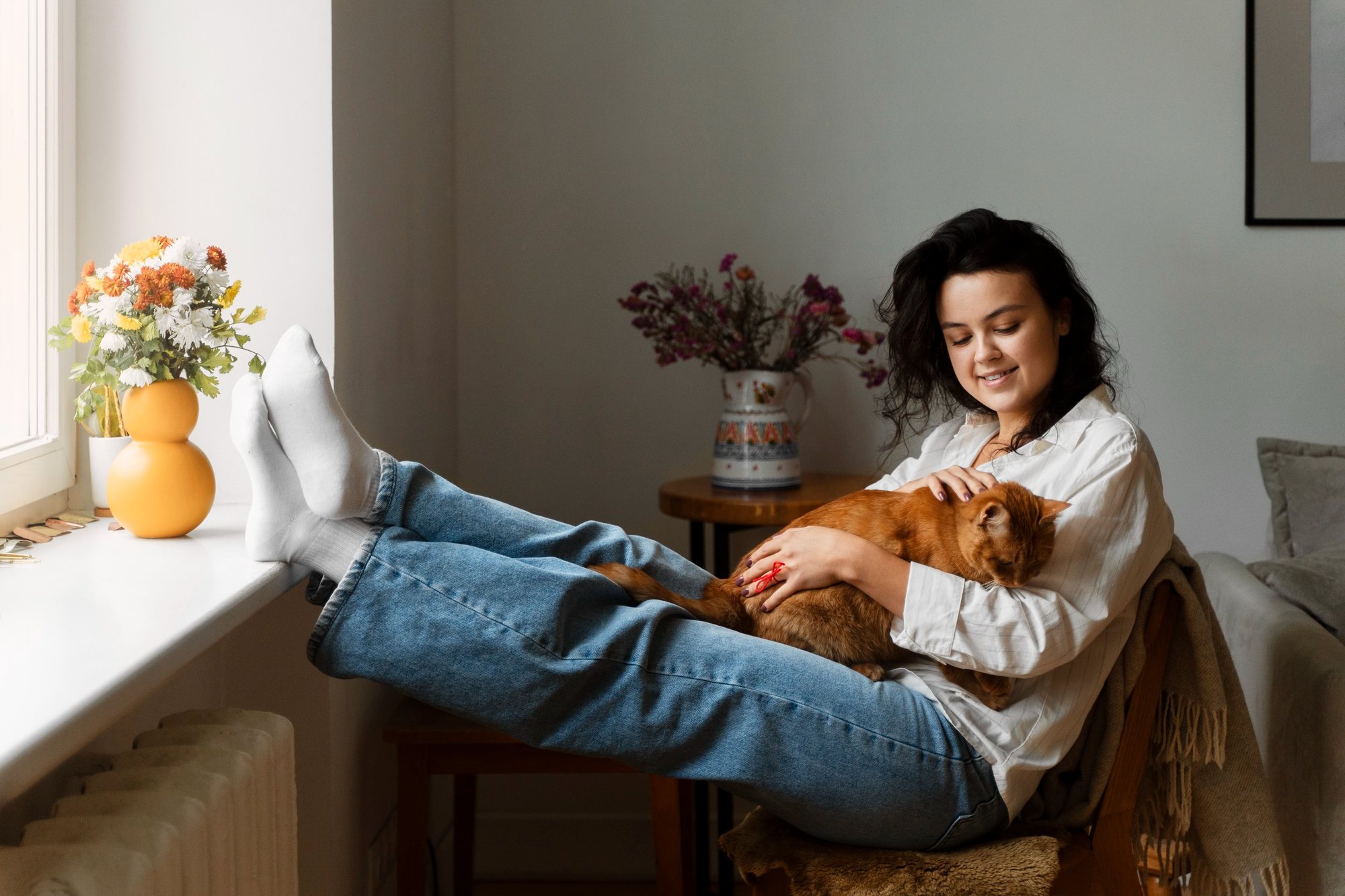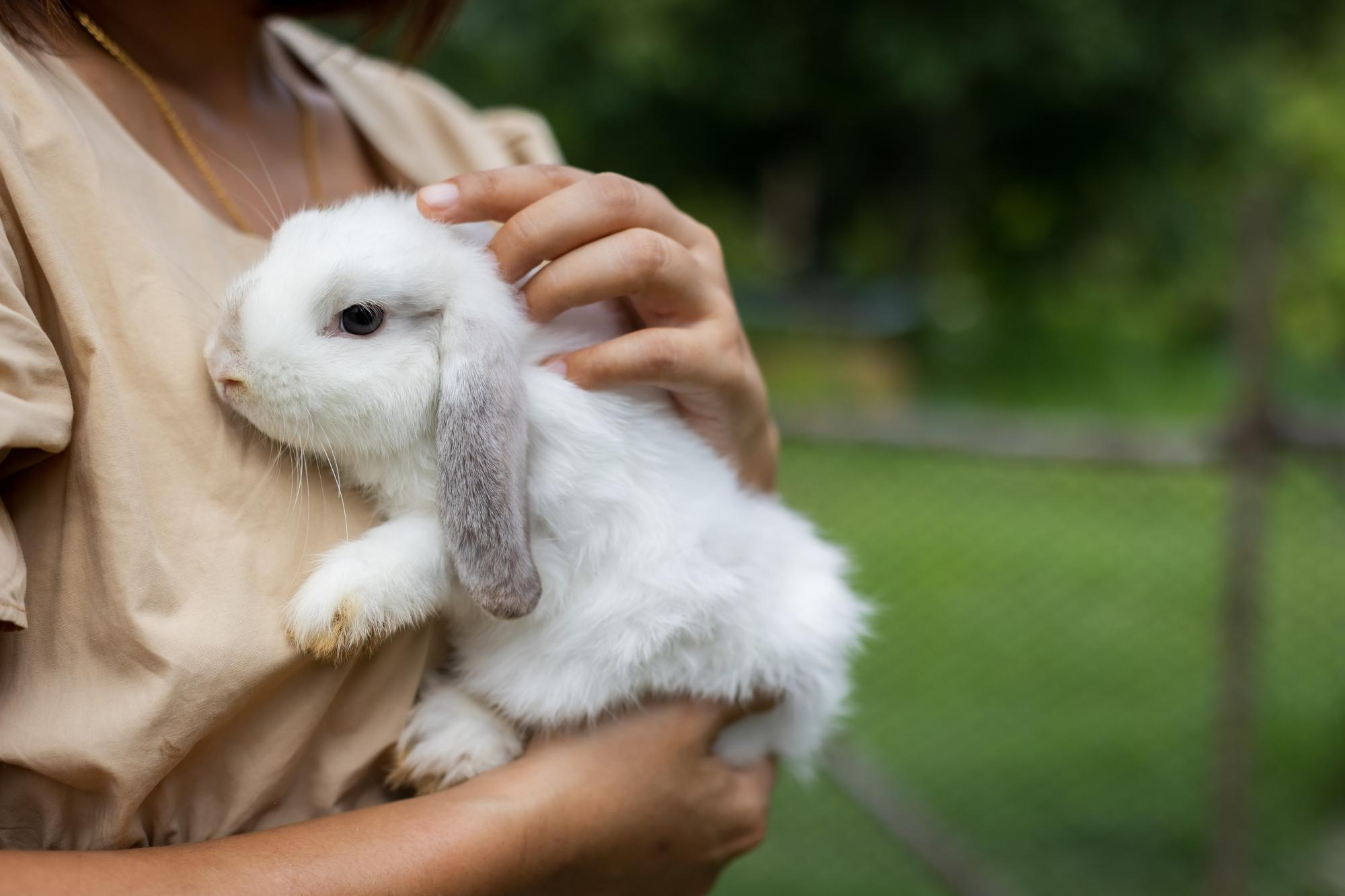Bringing home a new puppy or an older dog means opening up a whole new world of love, excitement, and experiences! We hope these house and crate training tips for dogs will help make life easier for everyone in your home, including your new pet.
House Training Your Dog Requires Consistency and Encouragement
Puppies and older dogs are happiest when they know exactly what their owners require of them, which means it’s a good idea to plan out a schedule. By nature dogs tend to try very hard to please you, so they may soon enough catch on to the times you expect them to eat, play, sleep, and go outside to relieve themselves or go out for a walk. If you are careful to stick to the scheduled times, all while taking your dog’s age and size into consideration and using patience and rewards, you can teach your brand new member of the family what is expected of him or her in a few weeks or months.
When your dog is fully house trained, life will be happier and easier for everyone. In some cases though, the training process will usually take four to six months and occasionally up to a year before full training status can be accomplished.
When to Start House Training
For puppies you can start house training when they are between 12 and 16 weeks old. A general rule of thumb is that puppies can control their bladders for one hour for every month of age, which means three-month-old puppies should be able to hold in their urine for three hours. Smaller breeds have smaller bladders and can’t control them as long as bigger breeds can, however, so keep this in mind as well.
If you’ve adopted an adult dog or a senior, there’s a chance they may have learned bad habits from an earlier living situation before coming to your home. If this is the case, you may have to spend some time helping your new pet unlearn their bad habits by starting basic training all over again, just as if they were young puppies. Be prepared.
Space
Confine your puppy to a particular space and routine while house training.
- A puppy (or an older pooch) should be kept in a large crate, or in a particular room where there is no carpet, or on a leash near you where you can keep an eye on your new family member. You can spread paper in one area (use several layers) of a room, but make sure your dog has space left to play, sleep, and eat in the room.
- When taken outside, your dog should be on a leash and taken to the same spot for elimination each time.
- As your dog learns that outside is where elimination is supposed to occur, you can give your best friend a little more freedom to move around in the house.
Times of the Day
Always take a puppy outside first thing in the morning and again 30 minutes later, and continue with 30-minute intervals all day.
- When your new puppy grows up a little, you can extend their schedule to two-hour intervals.
- Also, remember to take your pet outside after meals, after naps, after playtime, before being left alone, and at night just before bed.
Mealtimes
Offer food to your dog on a regular schedule, which may be three or four times a day when the puppy is really young and small, and remove any leftover food after mealtime.
- Remove the water bowl about two hours before bedtime to lessen the chances that your pooch will need to go outside in the middle of the night—most dogs can sleep through the night. If you do have to take your dog outside, turn on very few lights, don’t talk, don’t play, and put him or her back to bed as soon as you return inside.
- If dogs are fed at the same time each day, it is likely that they also need to eliminate at the same time each day, which can speed up the house training process.
Outdoor Trips
For any walks or trips outside, use a leash and take your puppy to the same spot each time if they need to eliminate. The scent will help remind your puppy of what is expected.
- Use the same word or phrase each time the puppy is eliminating so that the word or words become a signal to them of what to do.
- Give your dog praise and a reward as soon as their business is finished—not after you go back inside the house. That’s too long for dogs to wait to be able to associate the reward with the action. Also, be careful not to give rewards before they’ve finished or they may be so happy that they stop and don’t remember to finish until they are back inside.
- During house training time, don’t take your dog for a walk until the job has been done in the regular spot. This will help reinforce the training.
In the Event of Accidents
Expect accidents to happen from time to time while house training your dog. Watch for the signs—barking, squatting, circling, or scratching at the door—that your dog needs to go outside.
- If your puppy starts to eliminate in the house, interrupt the act by quickly and firmly saying, “Outside”—without yelling or threatening them—and immediately take your dog outside to finish. Never be upset or angry at them, and don’t ever rub your puppy’s nose in the spot or they may become scared to eliminate in your presence. When you go back inside, clean it up.
- If you discover an area in the house that has been soiled, it’s too late to do anything but clean it up and make sure there is no lingering odor that may encourage further accidents. Again, never ever force your dog to smell the spot as punishment or yell at them after the fact; not only is this unnecessary but your dog won’t understand why you’re angry, they’ll only understand that you are angry. This, in turn, can cause a dog to distrust and dislike you as their owner. Always be gentle when house training, even if an accident occurs.
How to Make Crate Training a Happy Experience
Crates are great for keeping your dog safe and confined when they’re young and before being house trained. Crates are also useful when transporting your dog in the car or anywhere a dog isn’t free to run. Buy a crate big enough to allow your dog to stand, turn around, and lie down in.
The main rule when crate training is to make sure the crate is associated with happy experiences and is viewed as a “safe, comfortable place” by your dog. Take your time and don’t expect miracles overnight.
6 Steps for Crate Training:
- Place the crate, door open, in the room with your pup, and put a toy and blanket inside. After your dog is used to having it in the room, place a treat inside and wait for puppy to go inside and explore. You may have to wait a few days.
- Put the dinner bowl near the crate and after a few days, put it inside. If your puppy enters freely and is comfortable, gradually move the food bowl to the back of the crate; if not so comfortable, put it right inside the door and move it back over a longer number of days.
- After a few days, close the door while puppy is eating and open it as soon as the meal is finished. Start leaving your dog inside for a minute or two after the meal is finished and then longer, but open the door immediately if there is any indication of unhappiness or unease. It means you should leave puppy inside for shorter intervals. Start over.
- If your puppy starts to cry or whine, don’t open the door until the whining stops or that becomes the way your dog trains you! You mustn’t let that happen. Pet your dog and offer a treat. Open the door while your dog is eating the treat.
- As before, gradually increase the time your dog is left inside when you are home and in the room, and then leave the room for a few minutes and then for longer periods. In time, you can coax your puppy inside with a treat and a command like, “crate time,” and leave him or her there for a few hours.
- If you want to crate train your puppy at night, keep the crate inside or near your bedroom so your pet doesn’t feel alone and abandoned. Over a period of weeks, you can move the crate further and further away until it is in the location you prefer.
House training and crate training are important responsibilities of dog owners. It is always best for you and your pet to work with a certified dog trainer. When you have accomplished these tasks and your dog is house trained and crate trained, you can rest easy knowing you have a very happy and well-adjusted dog!
Creative Commons Attribution: Permission is granted to repost this article in its entirety with credit to Hastings Veterinary Hospital and a clickable link back to this page.






